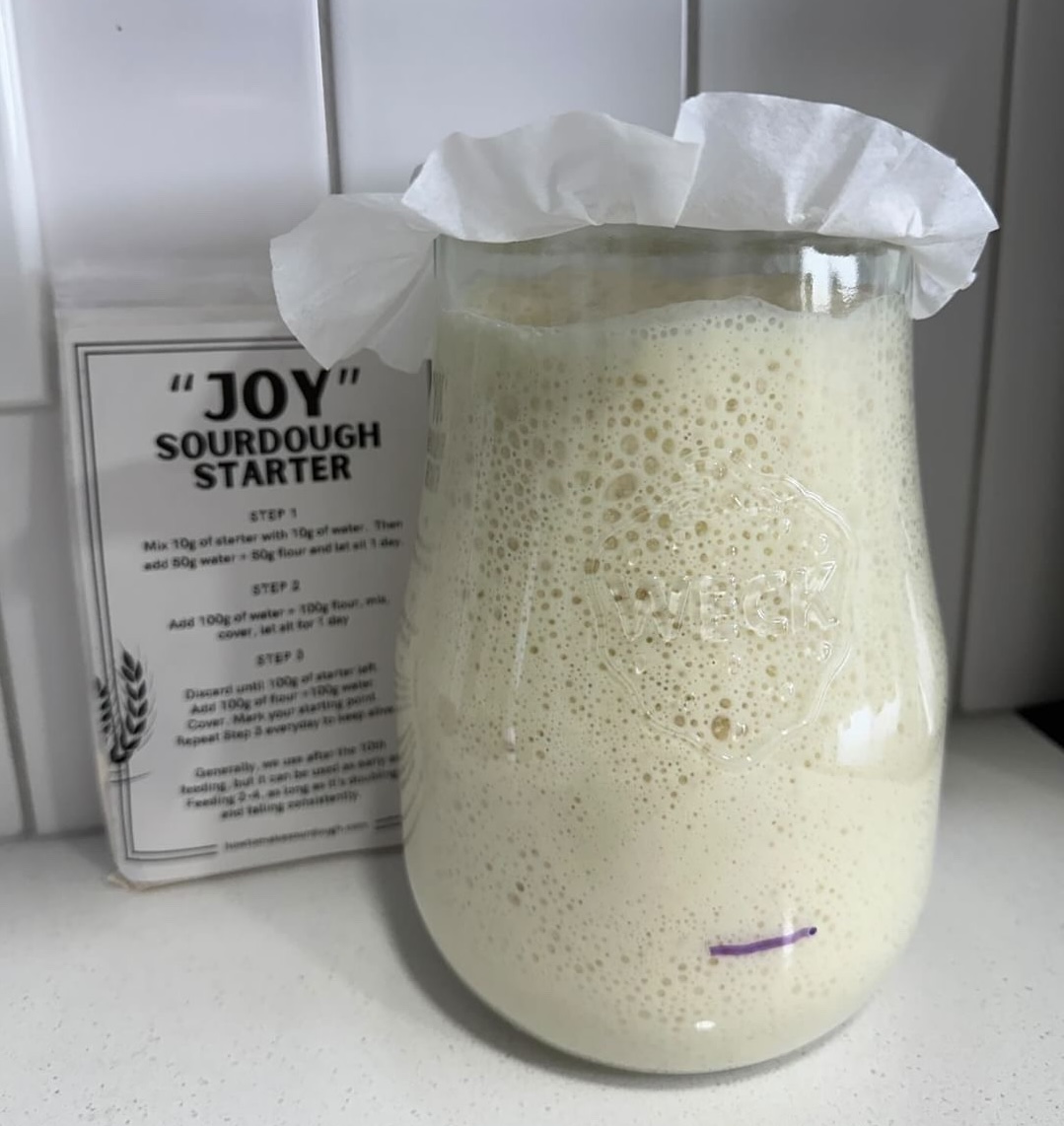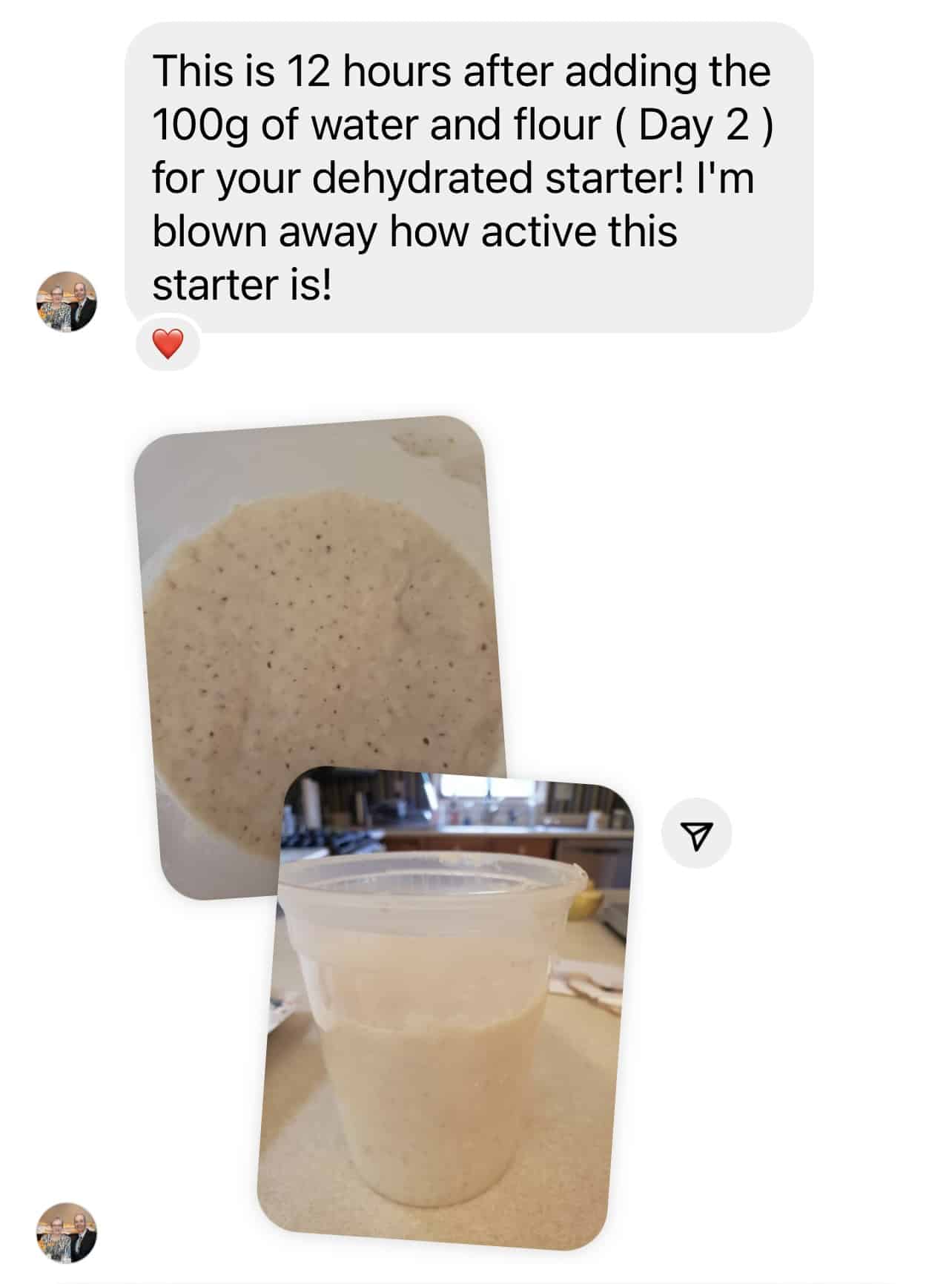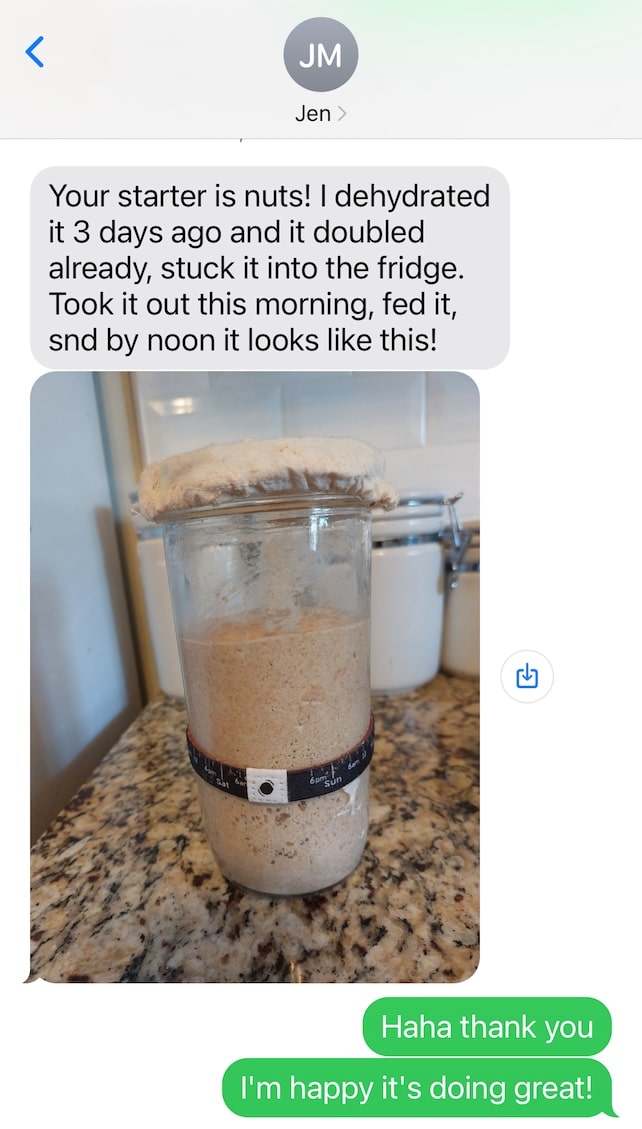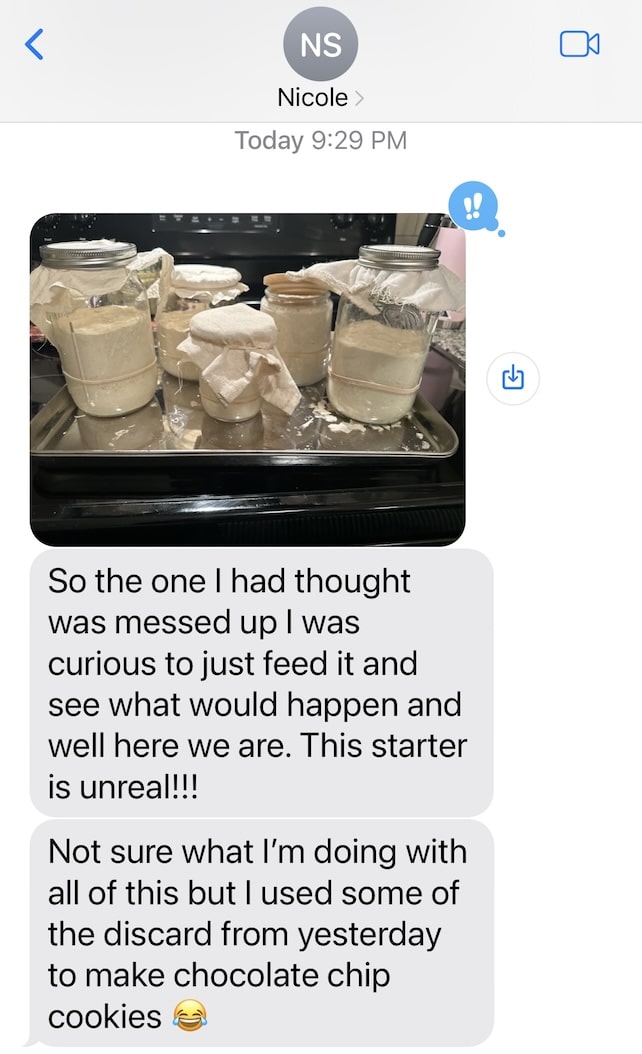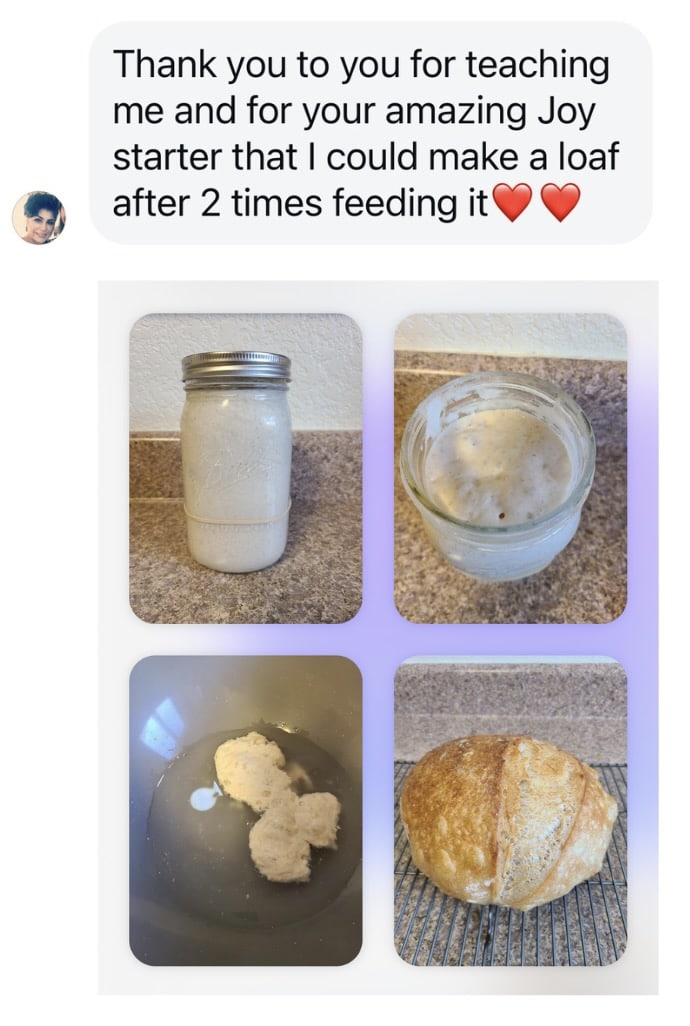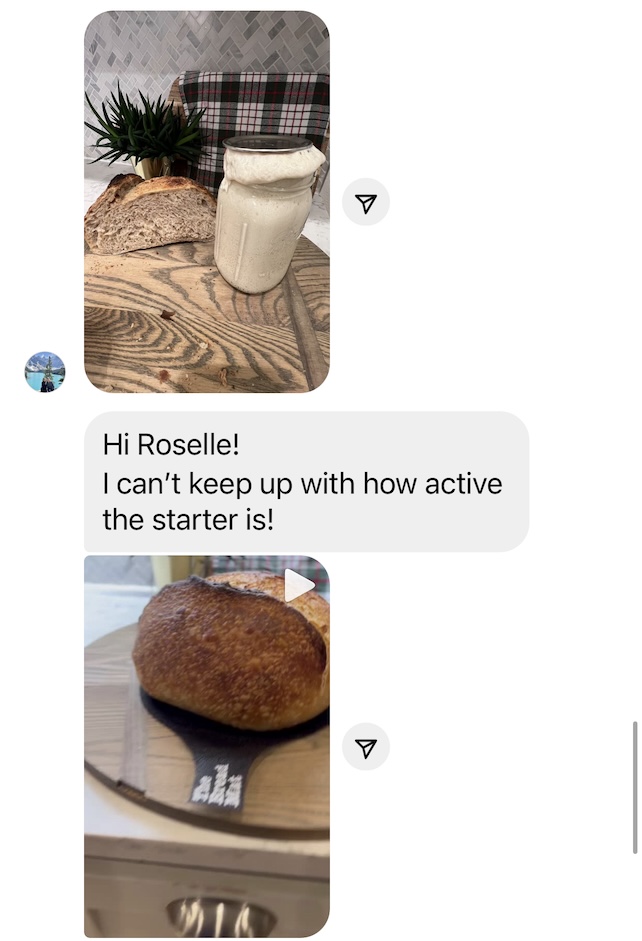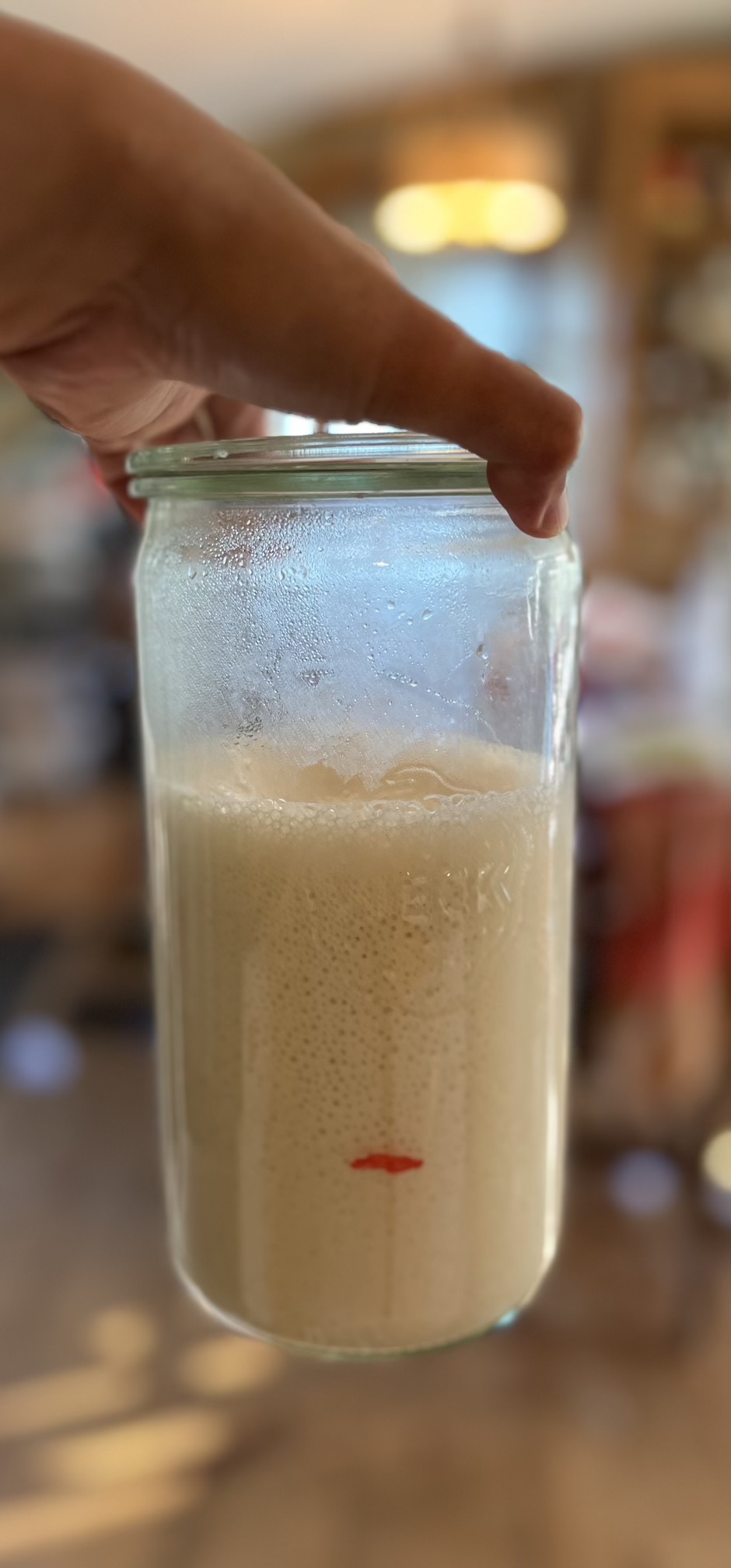Baker’s Percentages Explained (with calculators)
What is Baker’s percentages?
Baker’s %s are most commonly used for bread baking.
It’s very easy –if you know how to ✖️ & ➗, you can do it.
It’s basically baker’s shorthand. It’s formulas that helps all bakers, not just sourdough bakers deduce ingredient amounts & hydration ratios –especially helpful for troubleshooting sourdough problems.
How to find percentages from ingredient amounts
There IS one very important switch you have to make in your head:
Baker’s %s is in relation to the FLOUR, not the sum.
The flour weight is always set to 100%.
For example, let’s look at this
Beginner sourdough bread recipe:
- 500g white bread flour
- 360g water
- 100g starter
- 10g salt
Here’s how that math looks:
white bread flour 500 = 100%
water = 360 ➗ 500 = 72%
starter = 100 ➗ 500 = 20%
salt = 10 ➗ 500 = 2%
Simply ➗ the other ingredients by the FLOUR amount. It’s that easy.
Need a calculator? Don’t worry, here it is…
| Ingredients | Weight | Percentages |
|---|---|---|
| Flour | 100 | |
| Water | 0 | |
| Sourdough Starter | 0 | |
| Salt | 0 |
How to find ingredients amounts from percentages
There may also be times when you need to use baker’s %s to calculate the ingredient amounts.
Like when you see recipes like this:
- 100% white bread flour
- 72% water
- 20% starter
- 2% salt
This is how chefs & bakers talk to each other.
When I was in culinary school we’d use recipes written out as only %s!
How do you find out the bread ingredients amounts?
First decide how much flour you want to put in your recipe. A normal-sized sourdough bread is around 500g of flour.
When you have this number, simply ➗ the other ingredients by the FLOUR amount. Sound familiar? (see above)
I also made a calculator for this process for you to use if needed!
| Ingredients | Percentages | Weight |
|---|---|---|
| Flour | 100 | 500 |
| Water | 0 | |
| Sourdough Starter | 0 | |
| Salt | 0 |
FINAL HYDRATION OF DOUGH (don’t pay attention to this)
☝️ Not really that important, unless you really want to know OR you want to make your own sourdough bread recipes
When we talk about baker’s % –it’s always in relation to the FLOUR, not the sum.
This wont give you the final hydration of the dough, though.
That’s because your starter has water too.
Most sourdough starters are 100% hydration, meaning they are made up of equal amounts flour & water.
So when calculating your DOUGH hydration you will want to ➗ the amount of starter in your dough in half, & add that to the amounts of flour & water.
Then calculate the hydration the same way you calculate baker’s %s with the new totals for your flour & water.
In other words:
Final dough hydration formula
➗ the starter in half,
➕ that to the flour amount
➕ that to the water amount
Now, (water amount) ➗ (flour amount) = Final dough hydration
Again, finding the final dough hydration isn’t as important as knowing the hydration amount in relation to your flour.
Unless, of course, you are trying to match the final hydration of a recipe you are trying to convert into sourdough
I also made a calculator for this process for you to use if needed!
| Ingredients | Weight | Percentages |
|---|---|---|
| Flour | 500 | 100 |
| Water | 300 | 60 |
| Sourdough Starter | 100 | 20 |
| Salt | 0 | |
| Final Dough Hydration | 0.6364 |


